In isolation, what parts of yourself have you recovered?
New Reader examines isolation as a portal—one which moves us to access our innermost selves.
In isolation, what parts of yourself have you recovered?
New Reader examines isolation as a portal—one which moves us to access our innermost selves.
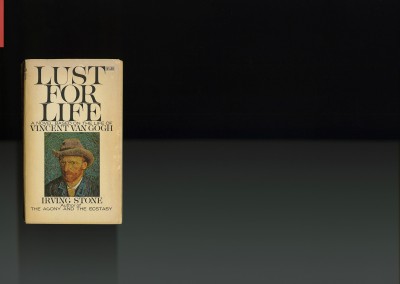
I have read Lust for Life many times. What I had lost all summer was understanding the chaos of the virus. I was always frightened. Was the virus outside in the trees beyond my window?
Van Gogh‘s struggle, especially his struggle in Arles, has always been a solace to me. Through struggles and disappointments you can find many pages to inspire. Before rereading these pages and others, I find the spirit to continue~
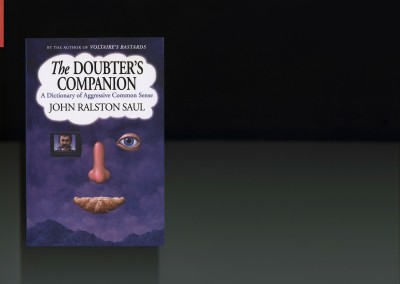
'Corporations' is enlightening, but in general. The book earns its title well and sheds light on the practice of societally looking under the carpet or even better using the finger test to check for settled dust above the molding in a so called heritage setting lol. Worn foundations are important to recognize before they lead to unannounced crumbling!
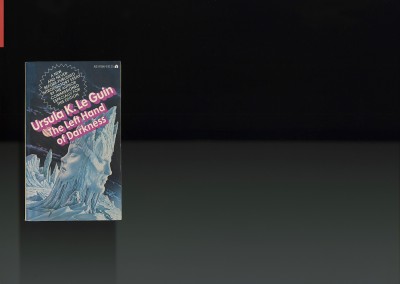
I have recovered the sense that I am part of something larger. It’s a paradox: by isolating I have come into contact with a deeper negotiation of what it means to want to feel like an individual that is part of a collective, without renouncing the parts of me that I feel may carry psychosexual static. It is in setting aside my apprehension toward conflict, and steeping in the discomfort of total flux, that I have been most able to feel connected to others in public civic spaces, even in virtue of a loss of intimacy, united in our facing mortality, worldwide, all at once in a way that was inconceivable before it happened.
This quote illustrates for me that one can respect difference without needing to understand it: "Prisoners who had been there for several years were psychologically and I believe to some extent physically adapted to this chemical castration. They were as sexless as steers. They were without shame and without desire, like the angels. But it is not human to be without shame and without desire. Being so strictly defined and limited in nature, the sexual urge of gethenians is really not much interfered with by society: there is less coding, channeling, and repressing of sex there than in any bisexual society I know of. Abstinence is entirely voluntary; an indulgence is entirely acceptable. Sexual fear and sexual frustration are both extremely rare. This was the first case i had seen of the social purpose running counter to the sexual drive." [pp.190]
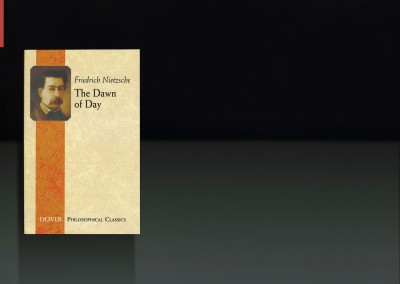
“The surest way to corrupt a youth is to instruct him to hold in higher esteem those who think alike than those who think differently”, wrote the philosopher Friedrich Nietzsche in his book The Dawn of Day. And indeed, the psychological pressure on physicists to conform with fashionable trends promotes a herd mentality in which young scientists today feel obligated to work on far-fetched ideas promoted by senior colleagues just in order to secure jobs, thereby perpetuating the problem. Americans of all stripes have come to regard scientists as part of the elite, in part because they have sequestered themselves in an ivory tower, saturated with ambition for academic honors and consumed with sterile intellectual gymnastics. The public that pays taxes that supports science are more eager to know answers to questions like: “are we alone?” Nowhere in science is this failure clearer, in my opinion, than in the scientific community’s response to the half-dozen anomalies displayed by the first interstellar object that we have discovered. If something doesn’t look right, it's a learning experience, it teaches us we have to revise the way we think about reality. As an astro-physicist, my optimism in irregularities ignited a study of a 100-meter-long interstellar object––which did not closely resemble any known asteroid or comet. And though I faced much opposition to the scientific mainstream, this object turned out to be our first visitor from another solar system––The first sign of extraterrestrial intelligence life beyond earth.
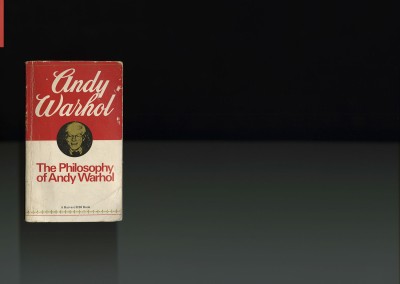
This book really help me put things in to perspective. During quarantine I thought a lot about how much I’m missing out or how much I’m losing time to do the things that I want to achieve. And I realized that’s not necessarily what life is about. It’s about. It’s about just being. The book just shows how Andy was just there. He never really forced anything to happen. He was prepared and when things came his way—he has something for it.
It also showed me how to listen. In Chapter 14 Andy is having a conversation with someone he labels as B. And she goes on and on about cleaning and about herself and he just listens. I like that. I admire that.
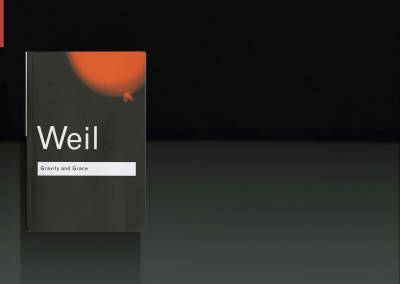
Simone Weil, the Marx Brother of martyrdom. A spiritual philsophy powerhouse, who fought in the Spanish Civil War but who was so clumsy everyone ducked when she picked up a weapon. So she was relegated to cook. She stepped into a boiling cauldron, was badly injured and sent home. With WW2 she joined the French Resistance in England and pleaded to be dropped behind enemy lines.
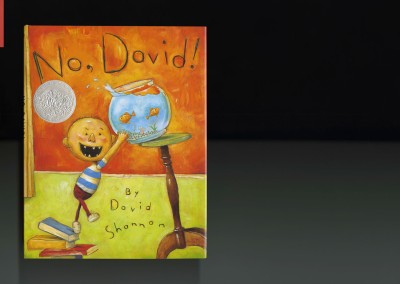
When covid popped off in march, I went back to Seattle from NY to be with family cos everything was so uncertain. For a moment I was trying to stay on a regimen but slowly started degenerating into sleeping late and eating cereal. I ended up just roached and not doing shit, but I didn’t feel bad about it. There’s something about being trapped inside that just made me feel like a kid again. Maybe I wasn’t doing all the shit I was ‘supposed to do’ but at the same time that’s what’s got me to where I am now. Going out tagging, drinking & smoking, seeing people I care about and having no worries. Keeping the child inside alive with these peach rings and sip sip like fuck it.
As they say, all work and no play makes jack a dull boi. Of course ima still be on a money mission, but at the same time a lot of shit aint that serious, I look around the world and see that a lot of people let the kid inside them rot. There are the mf that keep telling you “NO NO NO” (like they tell David), just because they forgot what it was like living without the awareness of the rules society bestows upon us. Yes we were all raised different, but as a kid it didn’t feel like such a complicated concept to do without.
I feel through quarantine myself and others have realized how much bs we are subscribed to on the daily. So reconnecting with the kid inside jus reminded me how important it is to keep em alive, even if we keep being told “NO!”. Ignorance is bliss ~
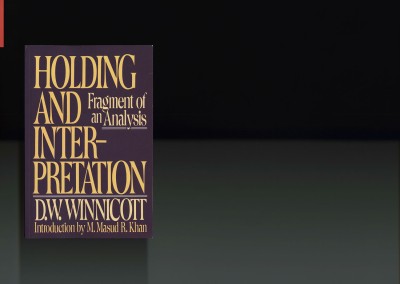
I have only read half this book. It belongs to my ex-shrink. It's a case study of his, and I read while I was a patient and I looked for ways to be the analyst. Needless to say I stopped that course of therapy, the only time I saw a male shrink, a time I appreciate and almost have a bit of nostalgia for. The suit and tie, the slightly soft leather shoes. Did he not understand how my body at 45 might be changing or was he feigning. To elicit more thoughts from his patient. I guess I should finish it now.
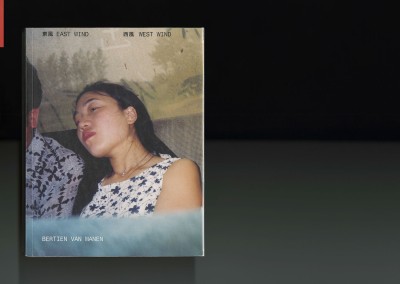
Over the past year we focused on our connection to our childhood. While in the US, we revisited our home continent of Asia through the serene comfort found in the domestic scenes in ‘East Wind West Wind’. Through referencing the tactility and visuality of fabrics and objects lensed in household settings of the book, we created a foundation for our SS21 collection titled ‘Home’.
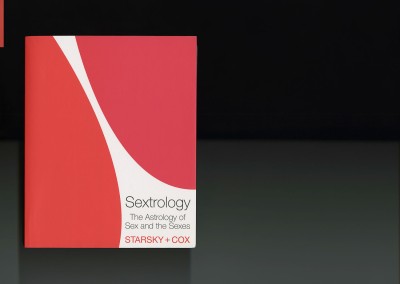
Before the pandemic I've invested almost 8 years of my life organizing events and trying to enrich the culture and community in downtown New York. I was also a hopeless romantic always searching for a form of entanglement, respectfully. For me the purest and most authentic form of Glamour is inner beauty.
It may come off as a cliche but after giving so much energy to NYC nightlife I have discovered self care and self love is what I've been missing during the lock down.
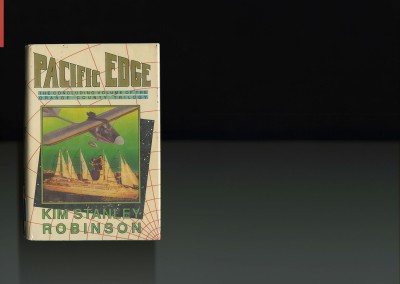
“Things change faster than we can imagine.” This year we felt change all around us. It wasn’t the change we imagined or hoped for, but it was big and undeniable. Our shared reality shifted and collectively we changed. In this passage from Pacific Edge, we go from the mundanity of laundry to redefining utopia... which feels about right today.
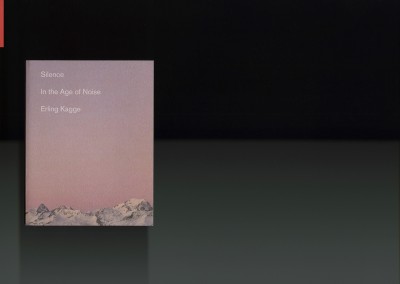
For many years, me and my work have been dependent on traveling, global meeting activity and networking – always on to the next, accelerating at a fast pace and generally being present on the circuit. Back in my childhood bedroom in the outskirts of Oslo, Norway during various lockdowns, I have enjoyed silence and the possibility of solitude, of restitution, of mediation. In tandem, I re-read a book called Silence by my brilliant friend, Norwegian explorer Erling Kagge, that is about his continuous quest for silence – rundt oss, i oss eller stillheten vi selv skaper [whether it be around us, within us or the silence we must create]. Albeit first being published in 2015, Silence is, to me, more important now than ever.
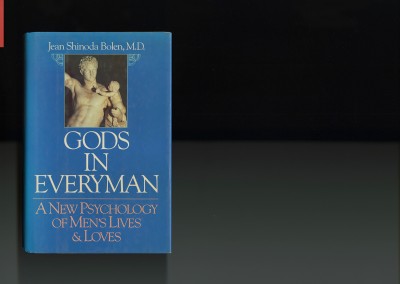
We love archetypes. Isolation has taken care of discovering this love in a new way by means of so-called archetypes of ancient Greek and Roman gods and goddesses. Additionally discovering the divine aspects of yourself as a wonderful bonus.
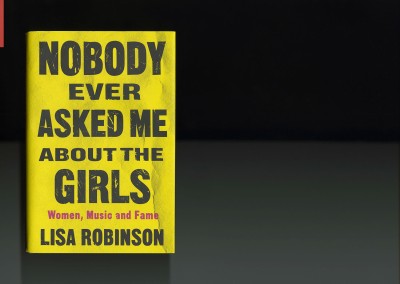
Based on conversations with female musicians from Tina Turner to Joni Mitchell to Rihanna, this book by my best friend Lisa Robinson reveals among other things, the effect the wearying similarity of men can have on a vast array of different women. The title, while true of Lisa’s experience, is the direct opposite of mine as everyone has always asked me about the girls.
Books are friends.
Friends are books.
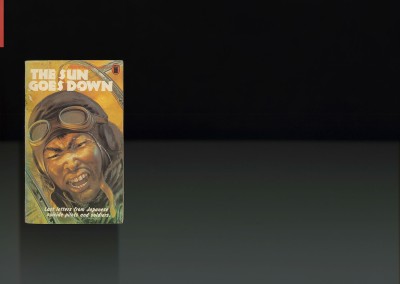
As I read the last thoughts of Second Lieutenant Ryoji Uehara written during the evening before his final sortie, I recognized his Solitude in my own isolation; an adjoined wall between the loneliness and puzzlement of his imminent Death and my own uncertain future. These are worlds of Shadows, the Unknown and Death, in many ways the same, where the legend of the Kamikaze is impressed into history. In reading their letters, one learns precisely what makes this legend is that they weren’t all volunteers, nor were they antediluvian samurais, contrary to what were taught about them. I think about that World- where young students, intelligent and on the precipice of their Unlived destinies, became machines-; their human bodies synthesized into their technology and coming back out as just another bit of magnetized metal in a plane diving into the oblivion. This is a story passed down by history as absurdism, yet again, I found myself feeling an uncanny semblance to my own reality, pondering all of this we have built. And then knowledge, the brain’s arrogance- where has it all led us? In the countryside of France, I learned owls live off mice, but in Paris, where there are no rodents, they eat small birds. These owls managed to get by in conditions of uncertainty. In an unpredictable situation, owls don’t have a fixed definition, nor of what is actually edible. The idea that the world is built and Created around unpredictability with Creation being our single most important valuable resource in this seemingly losing Game is therefore something I think we must wholeheartedly believe in, a belief reignited within me. Creativity is the art of finding accordance with our surroundings and the unpredictable, but inevitable fate, personal, but consequential to the consciousness that we all occupy and share- our Zig Zag with Death, which I account for why almost all of the letters of the Japanese suicide-pilots end at the peak of their profundity- with Poetry. Like Ichizo Hayashi who wrote to his Mother in tanka form: Parents' heart surpasses children's heart for parents / How will they hear the news of today? This may very well be God’s work, but we must be able to explain it. We are mediocre inheritors; absolute lords of a planet to which we were mysteriously invited. The end of something always last longer than the thing itself
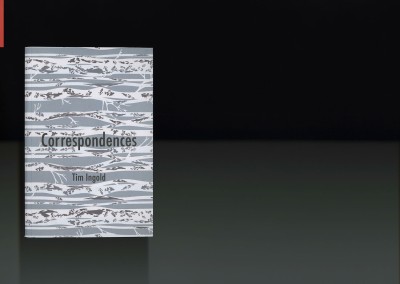
During the lockdown I recovered my connection to trees which I had as a child growing up in the Swiss countryside. I became aware of how true Etel Adnan’s sentence is: that a day without seeing a tree is a wasted day. I often looked at Cesare Leonardi and Franca Stagi’s The Architecture of Trees; it is one of my favourite books. It took the authors 20 years to accomplish this incredible work, which includes 400 magical drawings of 211 tree species drawn in 1 to 100 scale. The architecture of Trees is connected to The Life of Plants: A Metaphysics of Mixture by Emanuele Coccia, a book about the intelligence of plants, which gives us oxygen and our atmosphere, as the starting point for considering the interdependency of all life.
The lockdown also made me recover the slow practice of writing long letters. What happens to doodling and sketching in our digital age? In his book Correspondences Tim Ingold's reminds us of the importance of handwriting and not doing everything on the computer. It really starts from his regret that people no longer write letters, which he argues is the most empathy-charged form of written communication. The book then takes the form of a collection of correspondences Ingold has written over the last 20 years, not to humans, but to trees, to landscapes, to the weather, to rivers, to artworks and to oceans. In doing so he shows the interconnectedness of all things on our planet. The interconnectedness and the ocean brings us to the book which I read many times during 2020, Dub by Alexis Pauline Gumbs. Which takes its inspiration from the work of the Jamaican author Sylvia Wynter, but also dub poetry and ocean life to offer possible methods for remembering, healing, listening and living otherwise. Alexis Pauline Gumbs shows us that we have the opportunity now as a species fully in touch with each other to unlearn and relearn our own patterns of thinking and story telling in a way that allows us to be actually in communion with our environment. ––February 2021
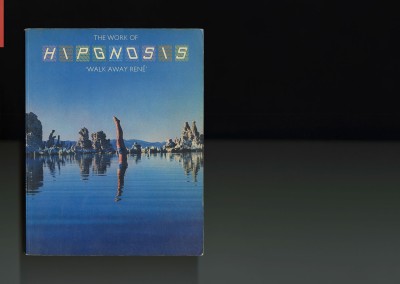
Storm Thorgerson’s master ability to hardcode narratives within an image is still unparalleled, and deciphering his work is half the fun for me. This piece feels like the various stages of grief—denial, anger, bargaining, depression, and acceptance—through a distorted, non-linear timeline. The frame breaks are a portal to an out-of-body experience, offering unseen perspectives of one’s existence, and perhaps purpose.
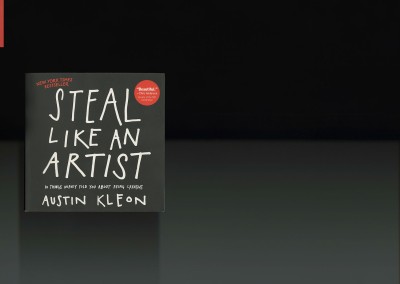
The struggle for many people who work hard to earn a living and keep a roof over their heads while having creative aspirations is an ages-old dilemma. Managing time wisely is of the essence. ‘Steal Like An Artist’ helps in merging both worlds where one can always be on the lookout for inspiration even when working on the day to day job. It helps remind us to keep our eyes and minds open to all the possibilities around us that can be a source of inspiration and initiation without having to worry about reinventing the wheel because “there is nothing new under the sun” and what matters is not only the story or the artwork itself alone but the way we present it and that “new” presentation is our contribution to the field we work in and the media we use.
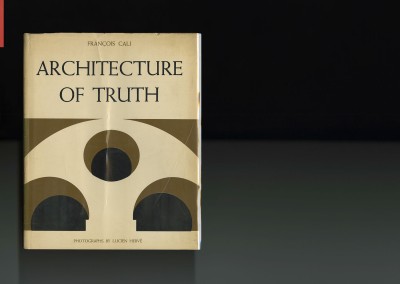
For years my routine has involved significant amounts of travel. The recent periods of enforced stasis have brought home how years of a constantly moving body have produced in me a state of perpetual mental restlessness. As the weeks have passed and my mind has quietened, so I have found new resonance in Architecture of Truth—a book I have long loved, whose richness derives from its quality of stillness
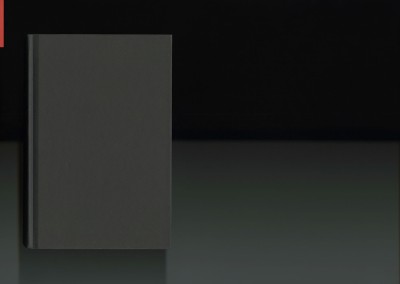
Being isolated for long periods gave me the time to remember my childhood moments at home in Bulgaria. Moments which involved long hours in our big back garden, looking after all the vegetables and fruits we used to have. Preparing them for winter. The journey that Patience Gray took and the different stages of her live that she encounter really showed me that our busy lives are so divided into many periods, but in the end those early childhood moments come back to us slowly, slowly. Food in particular can really sent you back in time to moments that are dear to you.
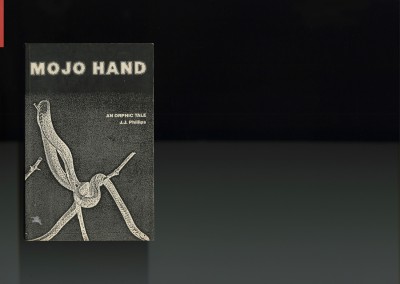
I always wanted to know what it feels like...to feel the blues...in music I could hear it...in this book...I could feel it...in Real Time...the whole journey...
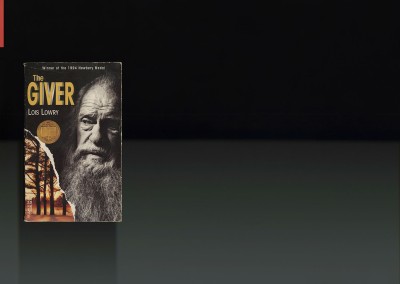
Upon arrival, I was dealt the overwhelming task of feeling for those who couldn’t feel for themselves...
I entered rooms of dancing emotions, with little to no understanding of how to protect myself...
I felt attacked.
I felt attached, but not tethered.
Some of us are givers,
and some of us are receivers.
Some of us give until we can’t,
And some of us take without limit.
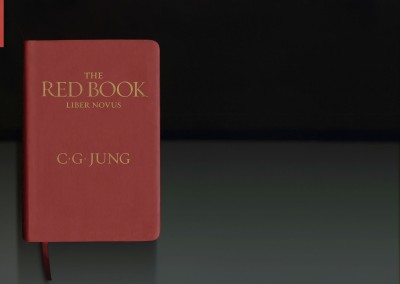
In isolation you can work on having a harmonious relationship with yourself which mirrors losing your sense of separateness through a shared club experience. “At your low point you are no longer distinct from your fellow beings. you are not ashamed and do not regret it, since insofar as you live the life of your fellow beings and descend to their lowliness / you also climb into the holy stream of common life, where you are no longer an individual on a high mountain but a fish among fish, a frog among frogs."
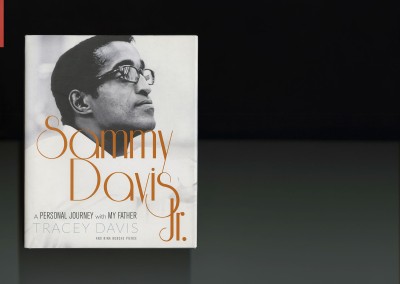
My first love connected to the arts was the power of imagination. During the months of quarantine and curfews allowed me to tap into my 6th sense, the super power of creativity via imagination..writing and creating music and words and surrounding myself with listening to and reading stories of my musical heroes.
Sammy Davis Jr. was the epitome of class, sass, smoothness and originality. He inspired me with confidence to elevate my look and invest in wearing eye patches. The importance of this book includes many layers. A 5’5 ball of fire and talent who was 1 of 1. There is a gravitational pull between myself and Sammy’s life for many reasons. We do it our way and when we get knocked down we get back up stronger. It is the story of humanity.
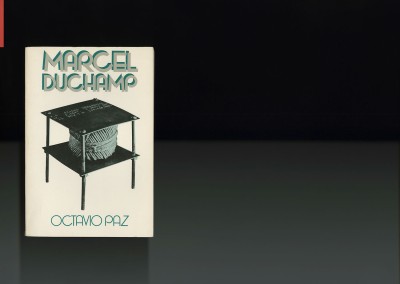
Tour guiding is the art of appreciating beauty with others and one of my favorite revved up and inspired appreciations of beauty is this book which is a book that is entirely about one piece of art. The author is friends with the artist who made the object being appreciated, and the inspired microscopic appreciation of the object evolves into an appreciation of the artist, and, eventually, their friendship. This is what artists can do for each other.
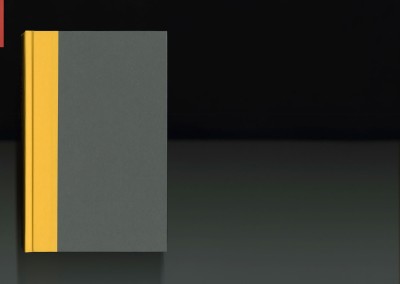
This passage from page 52, on getting out for a walk or for some tea spoke to me as I often forget to take breaks, or to rest when I'm doing a whole lot and not giving myself space to just have down time. The reminder that just getting out for a walk can do good really hit me in the chest on a day I needed to hear it. "Sure you don't want that tea? It's not a bother. Or-huh. I was thinking about going for a walk, get the lay of the land, so to speak. Join me yeah? Fresh air might do you good".
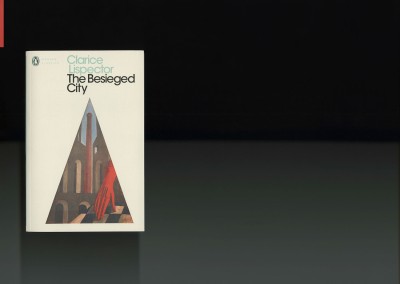
I have an itchy approach to life, I think I tremble through it without much control or direction. My little sister calls me a chaos entity. At the beginning of the pandemic I began remote treatment for an eating disorder; I have been a non-committal anorexic since the age of 14 and I was finally ready to recover. So much of my illness was focused on my narrowed experience of being in a singular and insular body, on needing to transform that body into a more hospitable environment, on terraforming myself rather than the world around me, on exerting pressure on the one thing I could control. I am not cured, but it’s all less opaque and I understand it now. Clarice Lispector’s The Besieged City is written with a tight and clenched fist. It is a novel that grinds the gears of itself, rather than relinquish itself to you. I don’t know whether it's good or whether it’s terrifying. It handles you with hostility and horror, handles itself with horror too, I think. It talked to me through these states of being: Girl, animal, object. I have wanted to be them all, at some point. Lucrécia longs to be an object, Lucrécia longs to be an animal; to think only through seeing the surface of things, to arrange herself as an image, to build only by summoning structure with her gaze, as a beast would. London has disappeared around me; it only exists in my imagination and image. I have gained a hollow centre, a silent cavity that amplifies sound as it hits me.